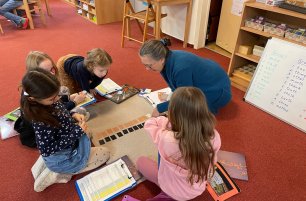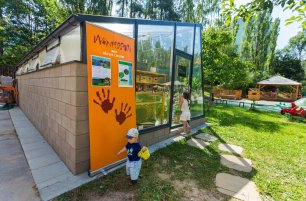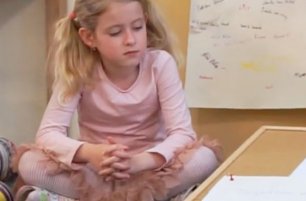Mones
Sorry, this article is only in Czech.

“I wanted to secure the best possible education for my children”
Read more
How were you first introduced to Montessori education? What led you to seek Montessori training for…
Read more
Find out more about our Head of School, Ms. Pherooz Karani. Her greatest joy is to pass on the legacy of Montessori education to new generations of children.
Read more
We are thrilled to announce that IMSP has officially joined the Roots & Shoots program in Czechia! This exciting collaboration, led by our dedicated team member, Irena Andělová, marks a significant new chapter in our school’s commitment to nurturing confident, compassionate, and engaged global citizens.
Read more
How do we encourage peacefulness and respect in the Montessori classroom? Together with the children, we prepare a blueprint for our classroom community!
Read more